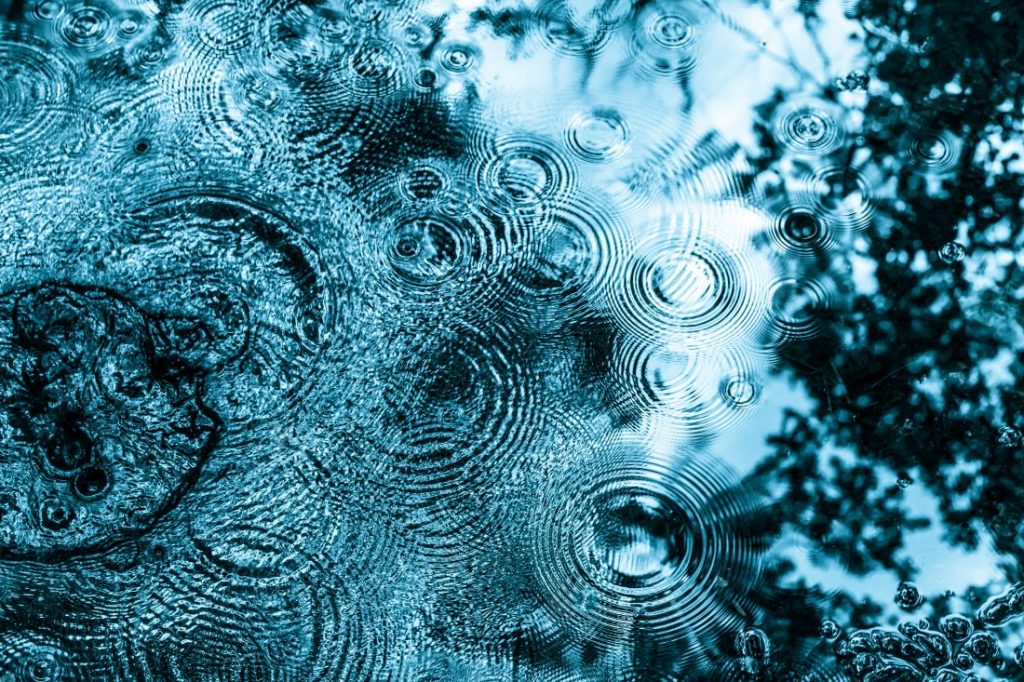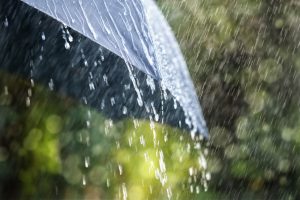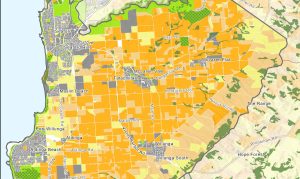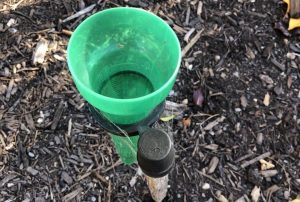
Heavy rain towards the end of June pushed the monthly figure to 101.5mm & the Year To Date (YTD) to 159.5mm. It was not the worst June rainfall by any means with the lowest being 17mm in 2015. The highest June reading was last year, 2023, of 156.0mm. The highest YTD was in 2023 at 327.5mm with the lowest at 123.0mm in 2018.
Compared to other years:
2024 101.5mm (3) 159.5mm (YTD)(12)
2023 156.5mm (1) 327.5mm (1)
2022 63.0mm 220.0mm (7)
2021 80.5mm 200.5mm (9)
2020 86.0mm 266.5mm (3)
2019 74.5mm 192.5mm (11)
2018 35.5mm 123.0mm (13)
2017 26.0mm 196.0mm (10)
2016 74.5mm 235.5mm (4)
2015 17.0mm 212.0mm (8)
2014 47.0mm 229.0mm (5)
2013 98.0mm 227.0mm (6)
2012 141.0mm (2) 318.0mm (2)
While it was our third best June in the last thirteen years our YTD is ranked at twelfth out of thirteen. Not good.
July is not looking good with around seven cold fronts coming through but with little rain in them. The Indian Ocean is the problem. It has gone into reverse, instead of bringing winter rain it is sucking it up & depositing it on the African Coast. This is caused by abnormal heating of the sea. The Pacific is neutral currently with little effect on our weather.
August is likely to be wet but the latter half is likely to be drier than usual. September, again early rain then tapering off. October, dry with low rainfall & warming up for Tomato planting.
Frosts are likely in July & August. There is little chance of really hot weather during the latter half of the year.
The calendar of the Kaurna People is now entering their winter, from July/August through until September. It is called Kudlila. Winter is when the earth is washed & replenished. It is a windy time. It was a time for eating vegetables & grubs. There were Bloodworms in the mud with lots of ducks & water birds beginning to return for nesting.
I must go down to the Washpool & see if the Black Swans have come back to their nests. Back in the early 2000’s the weir that we built in the late 90’s, at the Washpool was leaking & the water was not being retained long enough for the birds to fledge. ‘Robbie” & I repaired the leaking section around 2005 & raised the weir 500mm to keep the water longer in the Washpool, up to the end of January to enable the fledging to take place. Only problem was that the rise was going to flood the nest of the two remaining swans. The numbers were well down because foxes & dogs ate any chicks before fledging. The species was in danger of extinction at the Washpool site. We took action & lifted the substantial nest off the mound they had built. We raised it by 700mm then replaced the nest back on top of the mound. The following year the rains filled the lagoon & the nest was high & dry. One day while we were down there the two swans left, returned & after some ‘gardening’, settled in & had two cygnets. They survived & left as usual for the summer & autumn. We then built an additional ‘man-made’ nesting mound about 20 metres south, taking some of the original nest to give it a familiar odour. Next season the two parents came back & settled on the original nest & lo & behold the ‘man-made’ nest was occupied by two others. They produce five chicks between them & all survived. Last season there were around fifteen swans in the flock. Wonder how many we’ll have this year?
Well, that’s it for this month.
Paul





